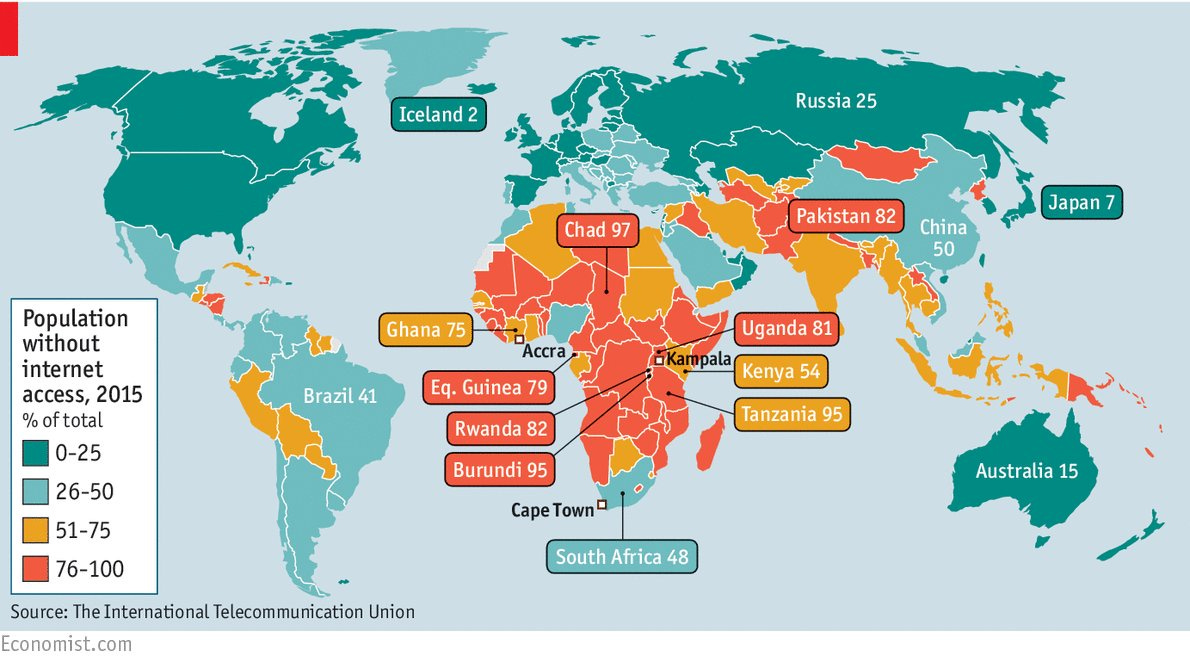Artificial Intelligence and Tech-enabled Work: Opportunities and Challenges to Labour Markets
By Claudia Pompa*
Photo: ISA Global Dialogue
The global job market has changed significantly over the past decades, leading to a proliferation of jobs and work that previously did not exist. Occupations such as microworker, social media manager, freelancer, and digital entrepreneur demonstrate the transformation the labour force has undergone in the past years. While landline telephones required 25 years to reach 10% of the population, the smartphone reached 40% in only 10 years. Currently, there are nearly six billion individual mobile telephone accounts. This growth in adoption echoes the pace of innovation.
Apple launched the iPhone in 2007, along with its new app store. It took two years for users to create 150,000 applications. By 2019, a decade later, apps became far more common: 2.2 million apps had been created. Apple, which used a platform approach, allowed users to adapt, create and innovate. LinkedIn, Facebook, YouTube, and Twitter were all founded between 2003 and 2006, but all these networks grew exponentially only after 2008, profoundly altering the way we communicate, work, and interact. Artificial intelligence (AI) technology is central to running a digital platform. It can be used as a management and administrative tool to improve efficiency and scalability within these platforms or to create new business opportunities.
These examples highlight the influential role that AI, innovation and technology can have in driving job creation across economies in the world. As technological advances continue, one of the pressing questions remains unanswered: how do we ensure that communities around the world are able to take full advantage of technology-driven, income-generating opportunities?
The evidence shows that tech-enabled work (defined as any short-term or permanent positions that use information technology to deliver a product or service) can enhance livelihoods and offer new pathways for economic development and poverty reduction. Web-based platforms, powered by AI, have fuelled the growth of on-demand services such as ride sharing and food delivery. Etsy and Alibaba—both e-commerce platforms—have provided millions of small-scale artisans and traders with an opportunity to access international markets. Mobile and Internet platforms such as Fiverr, Upwork or Ureed, which heavily rely on AI technology, have also helped job seekers be more efficient in their search.
Tech-enabled work can also provide an opportunity for those facing barriers to employment, such as education level, poverty, gender, lack of prior experience, or scarcity of jobs at the local level. Furthermore, tech-enabled work can help reduce geographical bias and benefit populations that suffer from discrimination, such as people with disabilities, women, and refugees, by enabling workers to work from home, bridging geographical barriers and lowering barriers of entry to labour markets. For low-income, single mothers in developing countries, this type of work presents a unique opportunity for flexible working hours that allows them to generate income to provide for their children while being able to care for them. Additionally, tech-enabled work can help individuals develop and/or improve a set of transferable skills, allowing them to bolster their future employment opportunities and making them more adaptable and resilient to the changing nature of work.
Clearly, AI driven technologies can promote economic growth, expand opportunities, and transform economies and societies. However, the benefits are not always evenly distributed. Around the world, approximately four billion people do not have Internet access and almost two billion do not use a mobile phone. For them, taking part in the digital economy is not a possibility. Rural populations in particular have lower rates of Internet and mobile access, while women have greater barriers to access, use, and ownership of digital technologies. Furthermore, in certain economies, technology is seen as exacerbating the polarization of labour markets and inequality. Technology augments the productivity of high-skilled workers while replacing routine jobs and forcing middle- and low-skilled workers to compete for low-paying jobs.
Figure: Population Without Internet Access
In order to take full advantage of the potential of AI and tech-enabled work, countries will need to successfully manage economic, social, and institutional barriers to provide equal access to technology, education, and business opportunities to all. Nations will need to undertake significant changes in education and training systems to offer more advanced technical and soft skills, which are the ones preferred by the new economy. This will be particularly important for youth entering the labour market for the first time.
*Claudia Pompa is the founder and managing director of the Consulting for Growth. She specializes in issues related to the future of work and workforce development programs and has extensive experience in digital economies, innovation, economic growth, start-ups and SMEs.
Announcement: New Summer Schedule
Dear Readers,
For the months of July and August, the Leading with AI newsletter will move to a bi-weekly schedule. Our next issue will follow on Thursday (as usual) 15th July. Wishing everyone a safe and healthy summer.
Warm wishes,
The Leading with AI Team




